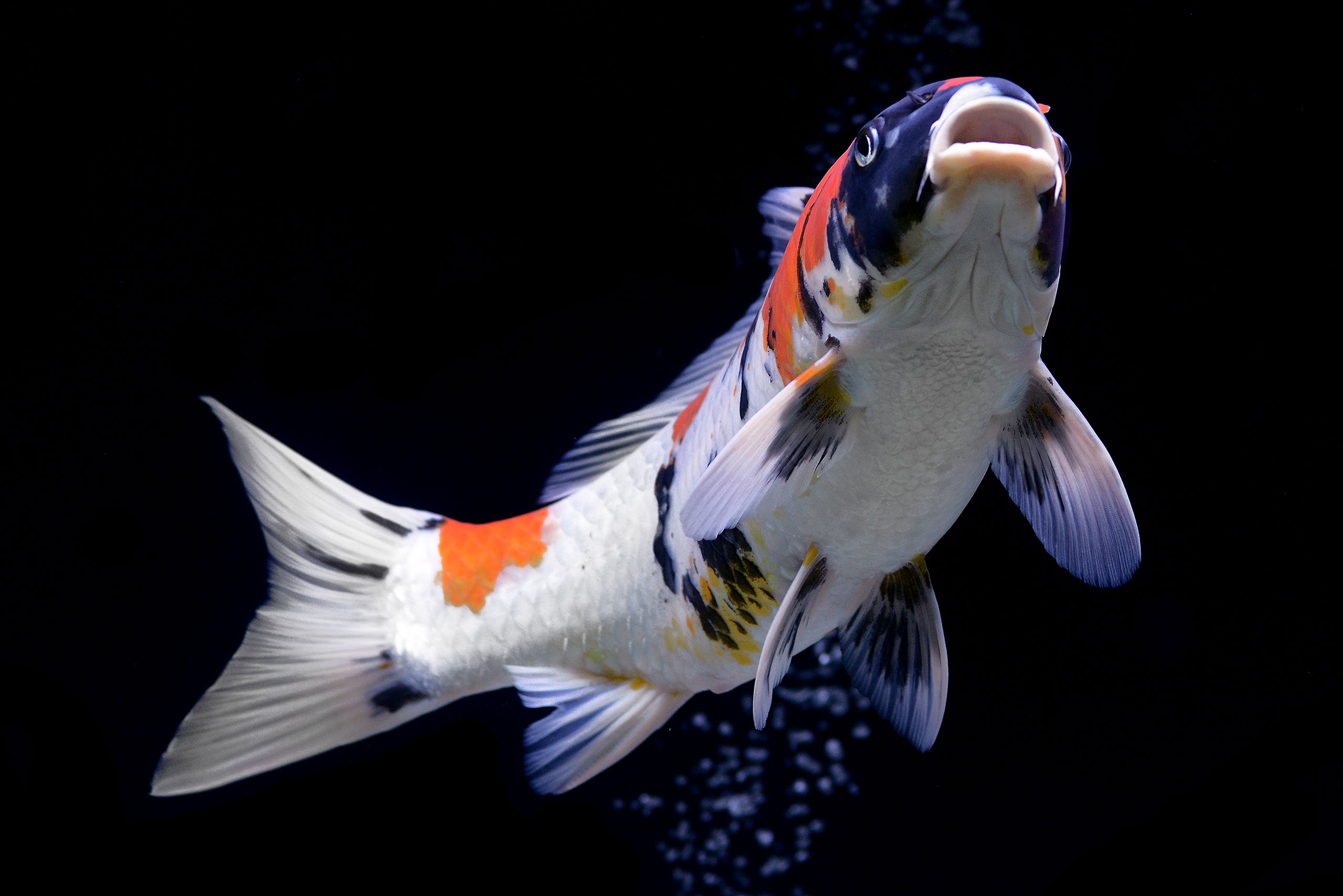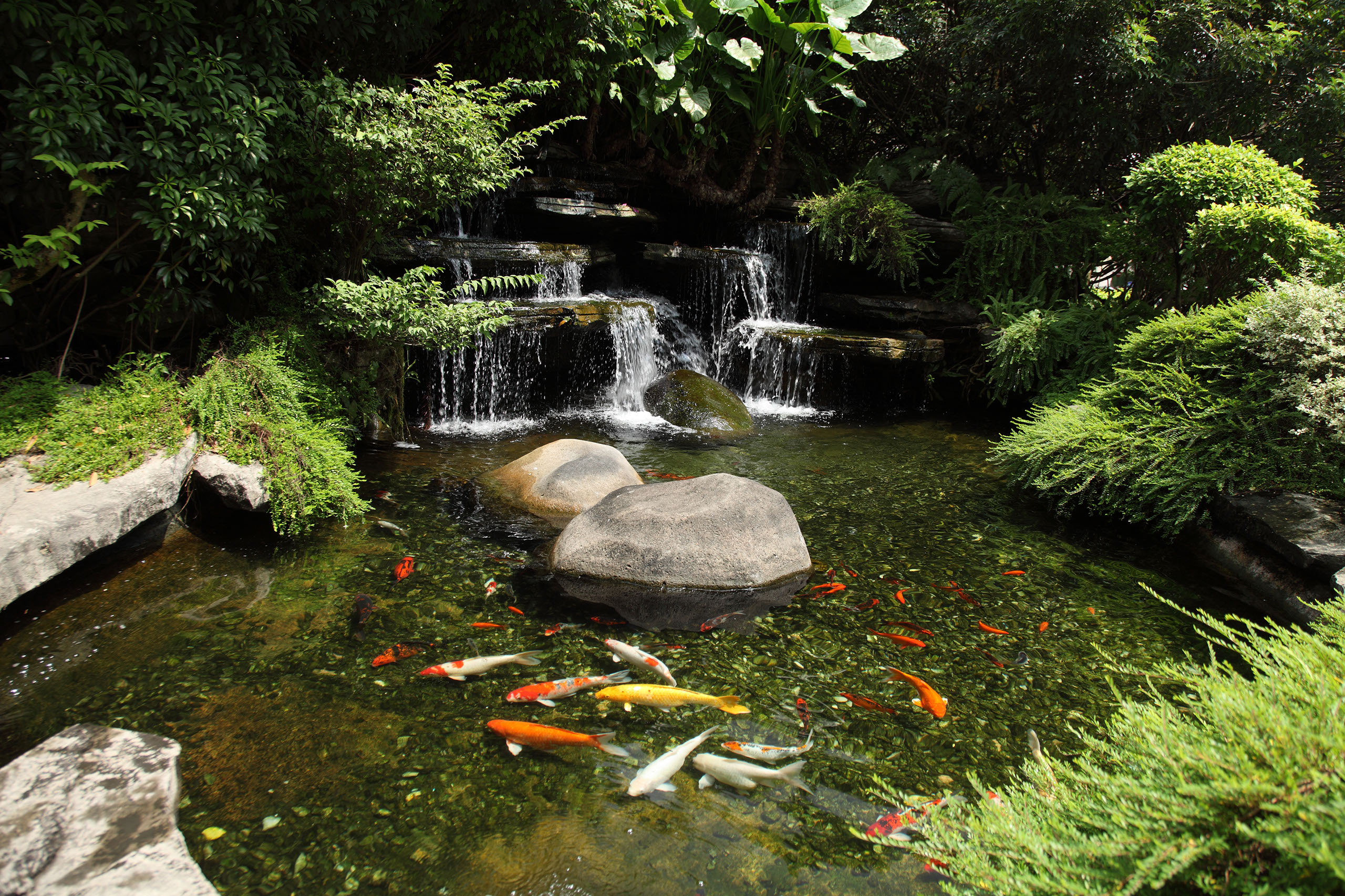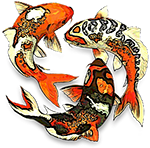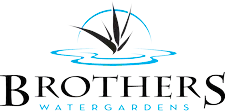NITRATES
by Erik L. Johnson, D.V.M.
What if there was an almost ubiquitous compound in our fishes’ water that could stunt growth? What if there was a compound that could slow wound healing to the point where you become sure your antibiotic therapy is not working? What’s the next parameter to check just when you’re sure your “water’s just fine” but none of your small fish ever live more than a few weeks?
Defined: What are Nitrates?
- Nitrates are the final product in the successful reduction of nitrogen from:
- Fish waste -> Ammonia -> Nitrite -> Nitrate.
- Algae and plants in the presence of phosphates normally use/eliminate nitrate.
Causes: When are nitrates a problem?
- In heavily stocked systems which are also heavily fed, the cycle can produce prodigious amounts of Nitrate. The better your filtration, the more Nitrates can be produced as you feed more and more heavily.
- In such systems, the growth of brown algae is not sufficient to measurably decrease nitrAte levels. A thick blanket of green sessile algae will measurably decrease nitrate levels. Dense plant growth of the more ornamental varieties such as Hyacinth and Pistia [Water Lettuce] can also assist in the reduction of Nitrate.
- When Nitrates get very concentrated, they may support the growth of Blue Green algaes which can contribute to certain intoxications and algoses. [Author’s note: These blue green algaes are actually pale blue like blue cheese.]
- High nitrate accumulations are more toxic under conditions of low oxygen tensions. Part of this is because the Nitrates can do damage to the fishes red blood cells and to their vascular performance, causing them to be oxygen deprived under otherwise survivable conditions of low oxygen tension. The slightest decrease in the oxygen carrying capacity of the water, or an increassed need for oxygen can cause sudden death.
Symptoms of chronic high level nitrates
New, small fish added to your collection die off within 2-3 weeks.
Lethargy, lack of energy, especially when you’re not feeding them.
They may brighten up considerably during feeding times only to become dull afterwards.
Slowed growth
Dramatically increased susceptibility to disease
Very delayed wound healing
Redness in the fins and occasionally patches of redness in the body
Upon close inspection, fancy goldfish may have dilated blood vessels at the base of the tail.
Large fish are much less susceptible than smaller fish.
Sudden death with the very slightest of stresses [catching, handling, injection].
Numbers over 100mg/L are associated with the signs and symptoms I am mentioning above.
Methods of detection:
- Aquarium Pharmaceuticals has a new test kit which does not require test powder.
- Tetra Labs test kit is the one with which I am more familiar and is very accurate.
Special notes concerning high Nitrate levels:
- Lack of energy is the single most common sign of Nitrate accumulation.
- Short bodied goldfish consistently “list” to one side and hang motionless in the water when nitrates accumulate.
- Fish are noticeably improved with a 50+% water change, duly dechlorinated.
- NitrAte accumulation is NOT an acute intoxication.
- It will NOT happen that someone says: “My NitrAtes spiked and all my fish were lost.” In fact, fish must be exposed to high nitrates accumulations for days (new fish additions) to weeks (smaller fish which have adapted) before a symptom is noted.
- Adaptation is possible under conditions of high Nitrate accumulation. Large adult fish may tolerate levels up to 200 mg/L for long periods [months] whereas the health of fish under 10 inches will deteriorate within weeks.
Treatment: Nitrate Control:
- A major water change is the very first, best step to controlling Nitrates.
- Water changes may be required daily until numbers under 20 mg/L are accomplished.
- Increases in lighting will stimulate green algal growth in the recently cleared areas.
- Algae will consume NitrAtes at a prodigious rate.
- Cleaning the pond bottom of brown algal growth and removal of the filth-holding slime in the pond is advised, but the pond needn’t be “sterilized” or impeccably cleaned.
- Plants may be employed. In order to force the plants to use waterborne nitrates and phosphates, a soil-less potting media may be used so the plants can send out viable root systems but all their nutrition is derived from the water.
- Because feeding and stocking rates influence this so dramatically, a reduction in stocking density and feeding rates can make an improvement in the accumulation of Nitrates.
- Floating plants with complete root systems can be grown in floating plant habitats, or connected [but isolated] ponds. More on this in another article.
Erik L. Johnson, D.V.M.
Find out more at Dr. Johnson’s Web site.











